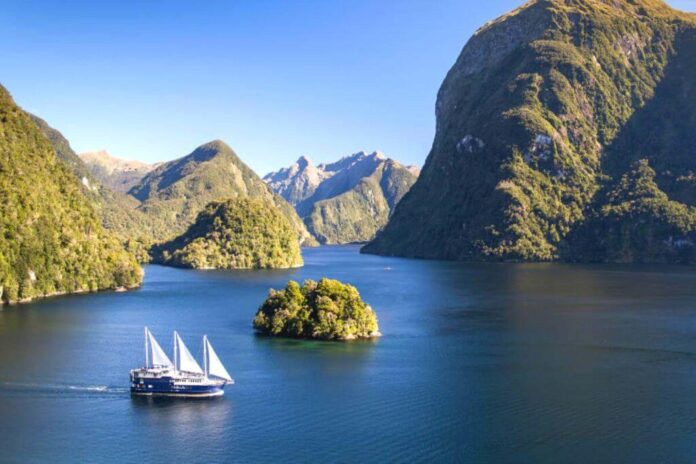This lovely fiord, found in the extreme southwest of New Zealand, is well known for its wildlife sightings, breathtaking landscape, and unspoiled charm. Here are ten details about Doubtful Sound to familiarize yourself with before your trip.
1. Doubtful Sound is one of the most well-known tourist destinations in New Zealand
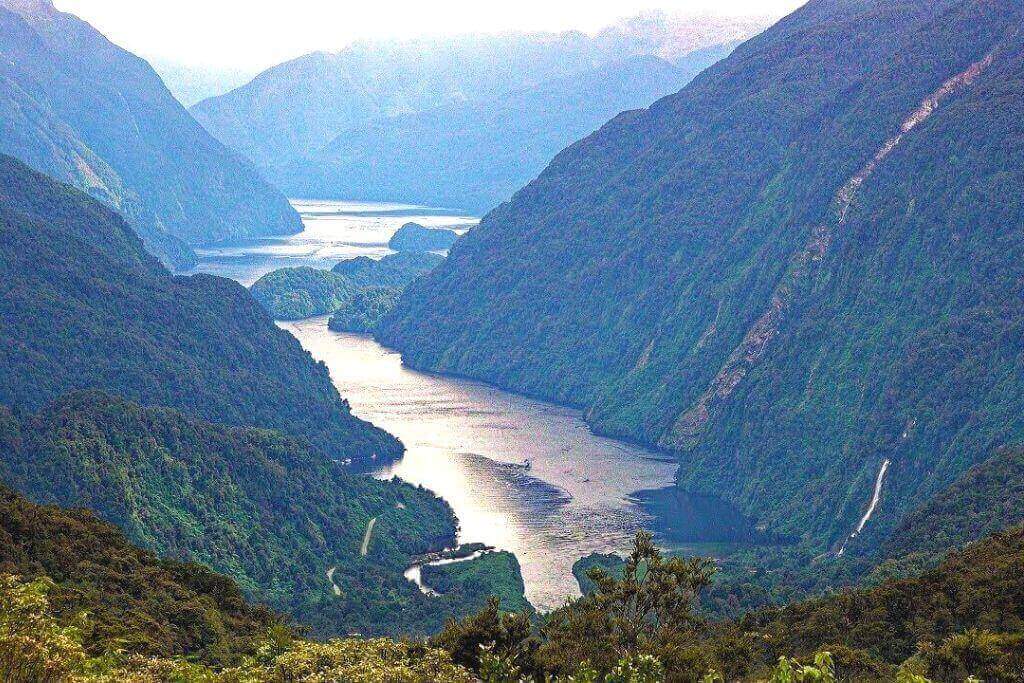
Fiord Doubtful Sound/Patea is located in Fiordland, which lies in New Zealand’s extreme southwest. It is situated close to Milford Sound/Piopiotahi, a smaller but more well-known and accessible attraction. As the most well-known tourist site in New Zealand, it came in second place to Milford Sound.
2. Patea is the Maori name for Doubtful Sound
The Maori settlers gave Doubtful Sound the name Patea. The name Patea means “the place of quiet,” and if you’ve ever been to Doubtful Sound, you may understand (and hear) why.
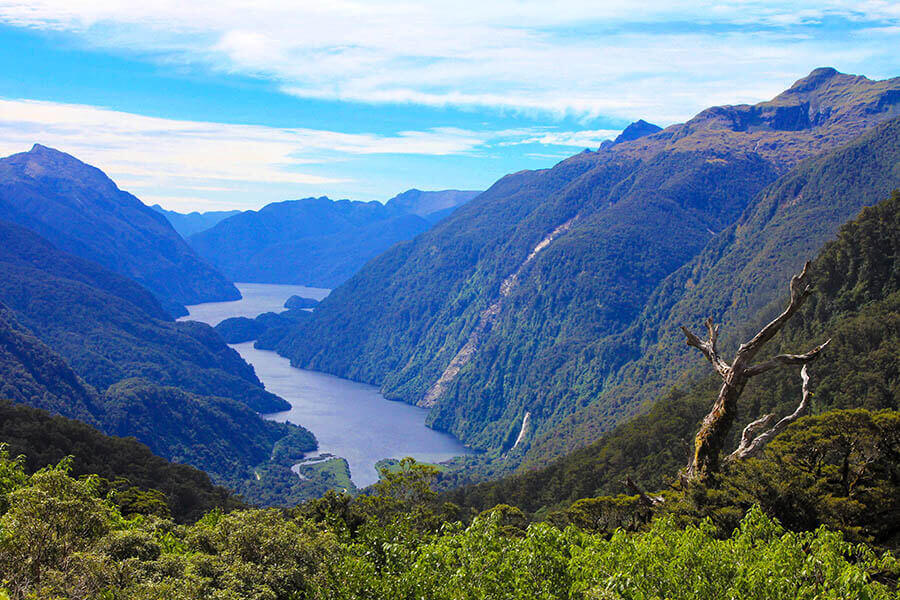
You can view the four arms of Doubtful Sound: First Arm (also known as Taipari-poto), Crooked Arm (also known as Taipari-nui), Hall Arm (also known as Taipari-roa), and Deep Cove (also known as Taipari-tiki) (little).
Doubtful Sound is connected to Bradshaw Sound and Thompson Sound as well; on an overnight boat experience, you might find yourself here.
3. Construction on the Wilmot Pass was completed in 1965
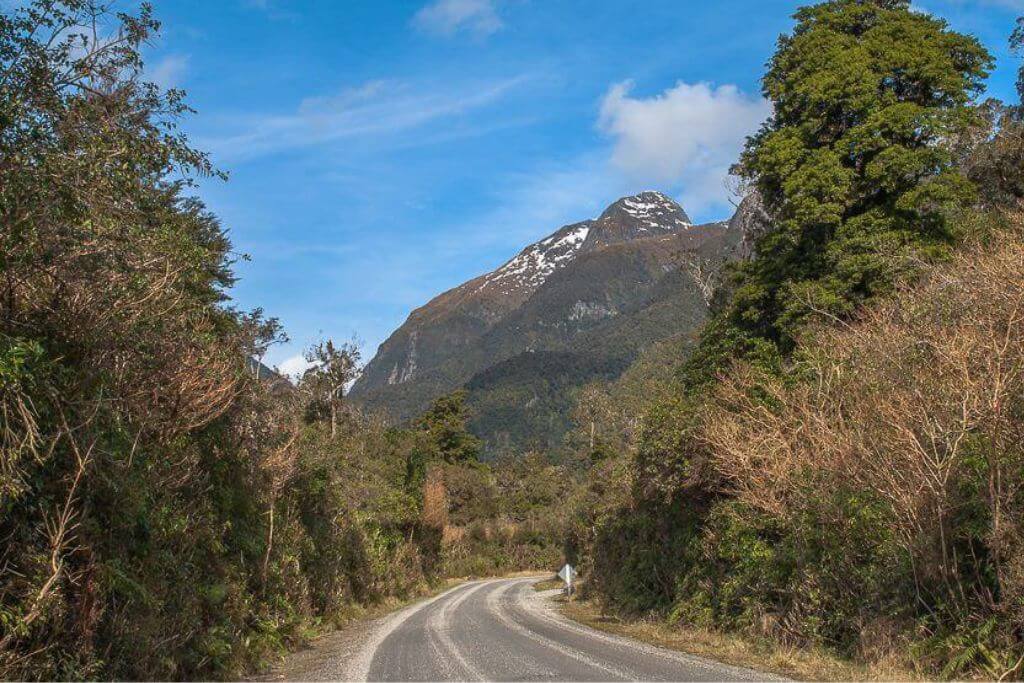
The Wilmot Pass is the route that links Deep Cove in Doubtful Sound to the West Arm of Lake Manapouri. The 671m-high pass bears E.H. Wilmot’s name, a former road surveyor. He noted the pass when surveying the area in 1897, and work on it didn’t start until 1963. It is reported to have been the most expensive road built in New Zealand.
4. First given this name by Captain Cook: Doubtful Harbour
When Captain Cook cruised around Aotearoa in 1770, he gave the sound the name “Doubtful harbor.” Since he didn’t think his ship would be able to navigate it under sail, he decided against entering the entrance. Instead, he kept going around the island, passing via Milford Sound along the way. Later, the local whalers and sealers changed its name to Doubtful Sound.
5. In reality, Doubtful Sound is a fiord
A Fiord is an underwater valley formed by glaciers that is often small and surrounded by high mountains. The ancient ice rivers that formed these U- and V-shaped valleys are to blame.
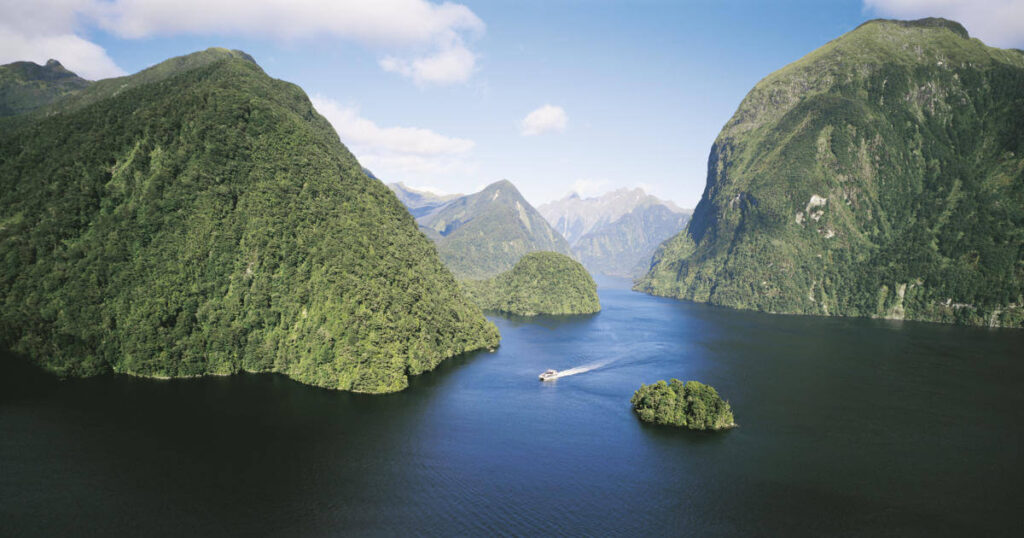
The valleys are below sea level, so when the ice retreats, sea water floods them. Cook’s harbor was originally called Doubtful Fiord, but early sealers and whalers renamed it Doubtful Sound.
6. The sound is about 40 kilometers long
The second-longest fiord in the South Island, Doubtful Sound is the deepest, with a maximum depth of 421 meters. Doubtful Sound experiences considerable rainfall, with an average annual total of 3000-6000 millimeters, much like the rest of Fiordland.
7. Doubtful Sound is not directly accessible
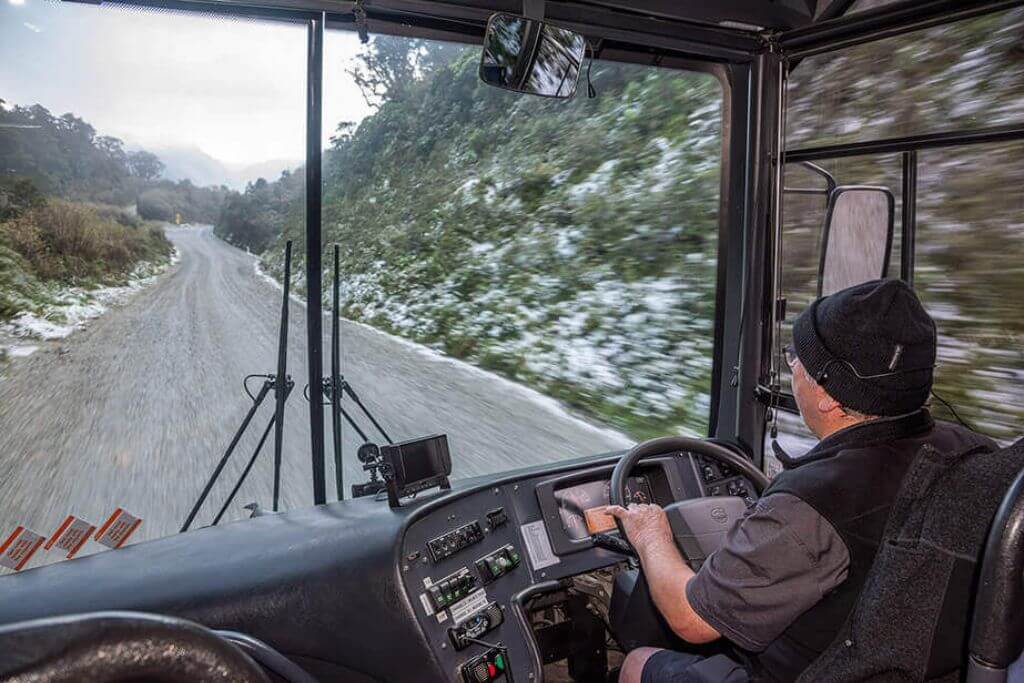
This implies that there isn’t a road that you can drive on by yourself. How do you get there, then? You start out by driving to the Manapouri tourist center, where you board a boat to travel across Lake Manapouri to West Arm. You take a bus up Wilmot Pass and descend into Deep Cove. All boats leave and return to Deep Cove harbor.
8. There are exciting opportunities
You may kayak the fiord throughout the day or on an overnight excursion, and charter businesses also provide alternatives for fishing, scuba diving, and paddle boarding.
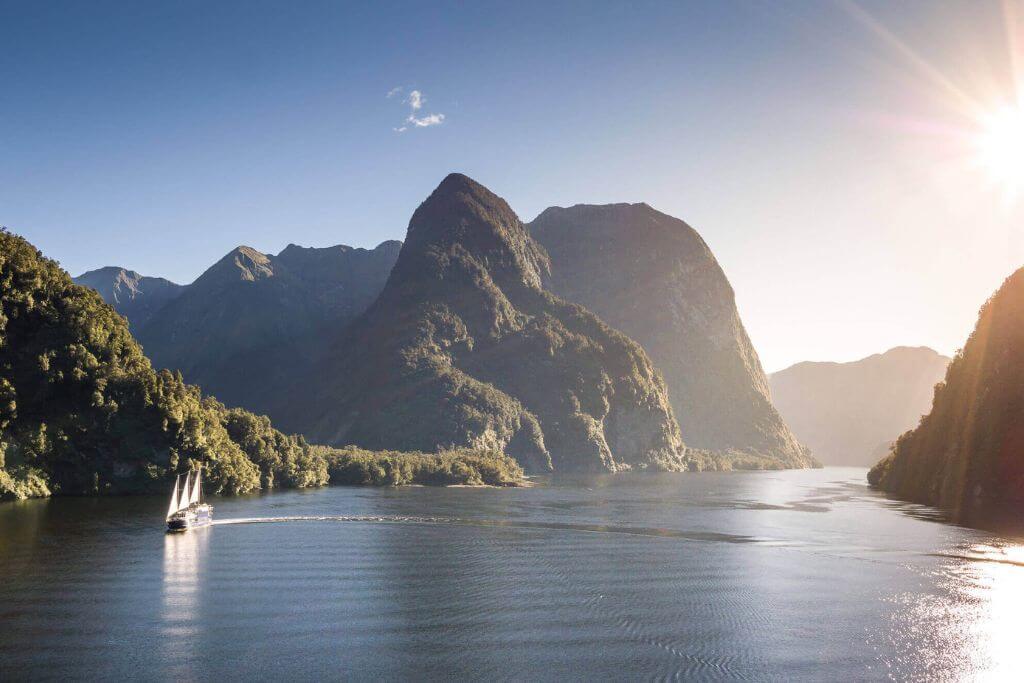
Day cruises that explore Hall Arm and the sound’s mouth are available, as are overnight and multi-day excursions that delve further and deeper into one of New Zealand’s most beautiful landscapes.
9. There is a lot of fauna
The Fiordland National Park receives 7 meters of rain every year, which is ideal for the local flora and fauna, making Doubtful the ideal habitat for local species. Our native bird music is frequently heard.
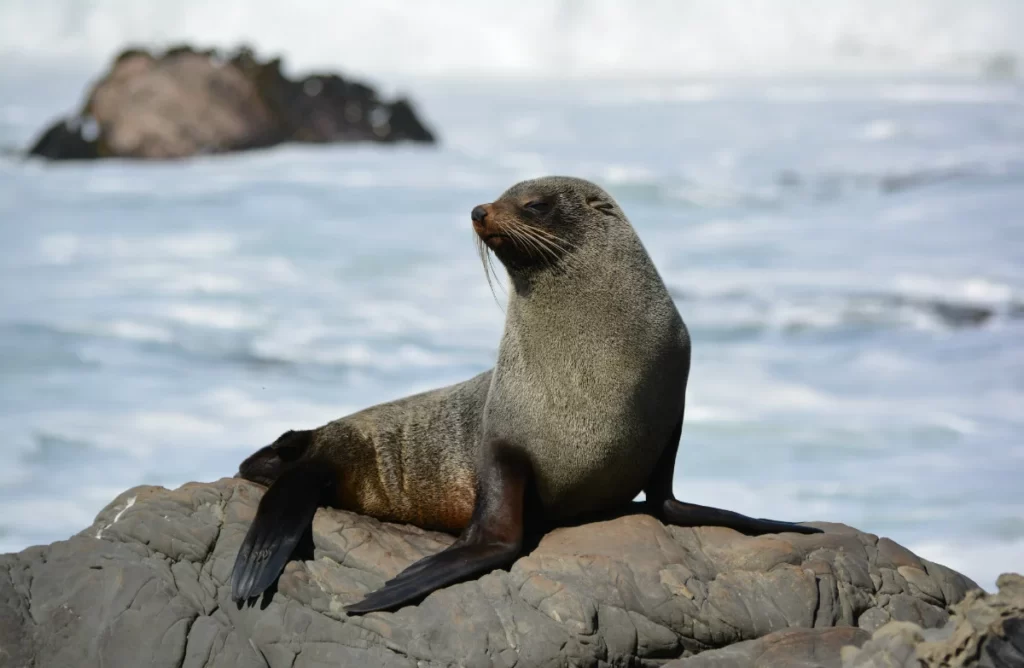
You may probably encounter New Zealand Fur Seals lounging on rocks, pods of Bottlenose Dolphins gliding across the water, and, if you’re very lucky, whales, albatrosses, and Fiordland Crested Penguins.
10. Summer is the ideal season to travel
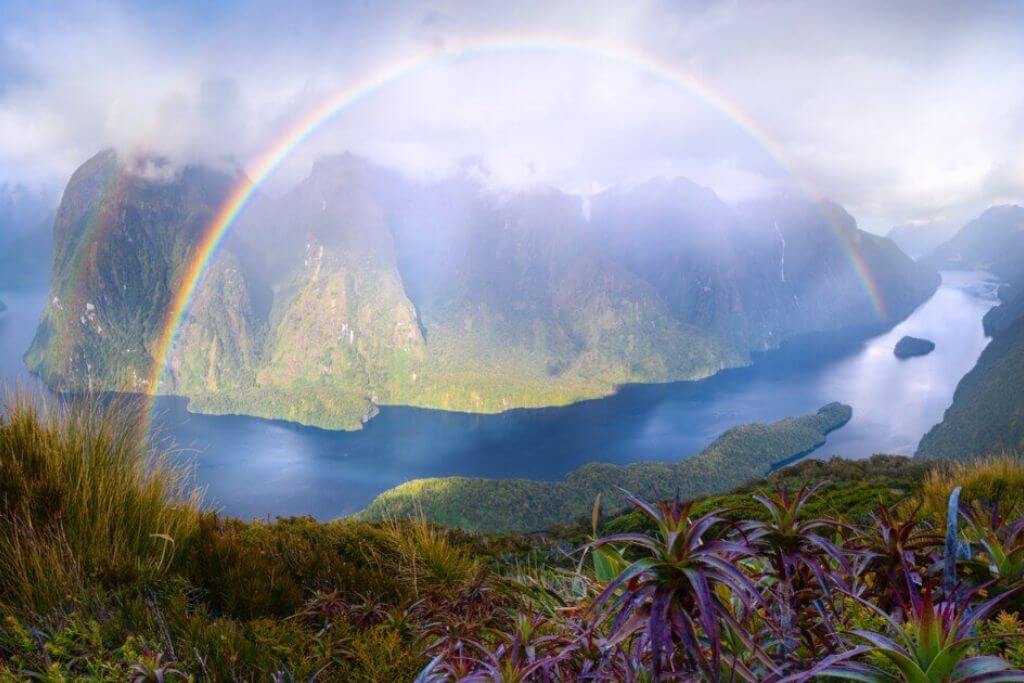
The summer months (December to February), which also happen to be the busiest travel times, are when the weather is the most pleasant. But September is an excellent month to go if you want to see the crested penguins.
